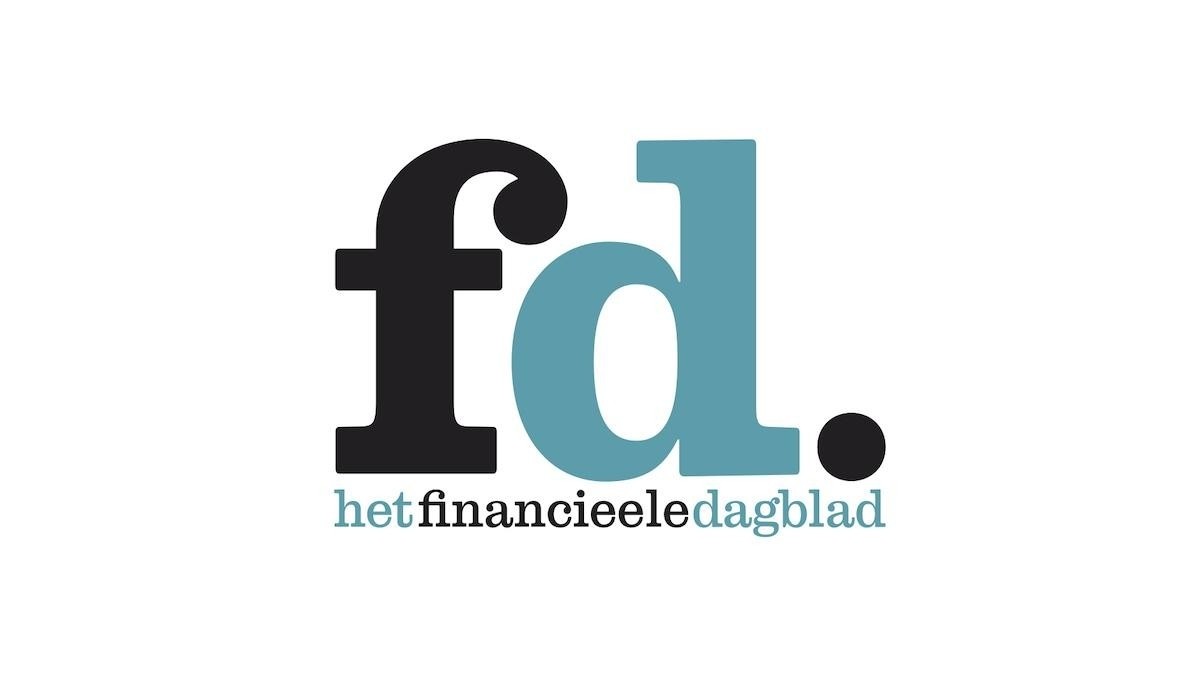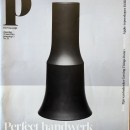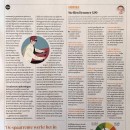FD Magazine about how you manage your pension yourself as an entrepreneur
On 25 May FD Magazine of the Financieel Dagblad (Financial Newspaper) published an article about how you can arrange your pension yourself. Various tips are given by a financial adviser about how you can arrange your pension yourself. In addition, various entrepreneurs are asked how they have arranged their pensions, including entrepreneur Marike, owner of our high class escortservice. The original article was published in Dutch but an English translation can be found below.
I arrange my pension myself
Building up your own pension is necessary as an entrepreneur or self-employed person. However, 43% are heading for a pension deficit. What can you do?
"Actually, I should do something with my pension." If financial advisor Annelies Schoonderbeek would get a euro every time she heard that sentence, her own pension pot was already full. Nevertheless, Rabobank concluded this year that 31 percent of employees are heading for a pension deficit and 43 percent of the self-employed. But what is too little? It is usually assumed that 70 percent of the income at the end of one's working life is a sufficient pension.
A rule of thumb that doesn't really help Schoonderbeek. "Then we assume that your expenses will continue to rise in your life and that you will need a large part of your last-earned income when you retire. It doesn't have to be that way. If you are 67 or older, many costs are lost. Your children have left home, perhaps your home has been paid off. That all plays a part. That is why making a pension plan is so personal."
What do you start with? According to Schoonderbeek by learning the habit of saving. "Start by putting something away every month. Old-fashioned saving. Every month 100 euros or 200 euros and see how it feels. Put it in a separate savings account that you cannot reach easily and label it to your pension account. This provides a healthy threshold for withdrawing money. That way you get used to the idea that not all the money you receive is to spend."
Three pilers
Yes, of course more needs to be done if you want to build up a substantial pension or a supplement to your pension. A plan is required, according to Schoonderbeek. And for that you have to move in the future. "Think about what your life will look like. What do you want to spend during your retirement? What costs do you still have? What about housing costs? Do you want to start living smaller by that time? Are you selling your house and is your own money released? Can you expect an inheritance? Also don't forget potential healthcare costs. You have to focus on what life looks like and the costs that it entails. Assume there will be some unexpected expenses. Life does not always go as you expect."
Now that you know roughly what you need when you retire, the next step is to choose a form to accrue your pension with. Pension accrual consists of three pillars. Pillar 1 is the government, think of the General Old Age Pensions Act. The employer is pillar 2; it contributes to your pension every month. This pillar therefore does not apply to entrepreneurs and the self-employed.
The third pillar includes all pension accrual that you do privately. Schoonderbeek: "The Fiscal Old Age Reserve, for example, falls under pillar 3. This is a reservation of the profit from own company. You do not have to pay tax directly on this amount. You receive a deferment of payment and this tax benefit will result in the short term. But if you quit the company or retire, you still have to pay tax on this."
Creative solutions
If, as an entrepreneur, you deposit the amount in an annuity, it will be added to your income. On the other hand, annuity deposits are deductible. "That's how you strip the posts against each other," continues Schoonderbeek. "If you pay it to yourself during your retirement, the tax rate is expected to be lower than when you still work. That is therefore advantageous."
Annuity is a popular way of accruing a pension, according to a study by ZZP Nederland. Old-fashioned saving and investment are also often mentioned as the chosen form of pension accrual. About half of the self-employed who accrue pension primarily want flexibility, for example to determine for themselves what they use the accrued money for, but also to be able to freely decide when to invest how much.
In box 3, the private pillar within the pension accrual, there is also room for more creative solutions. Schoonderbeek, for example, sees the purchase of an apartment for rental gaining popularity. "The fact that savings rates are so low, of course, encourages this. Then invest in stones. I have also heard of people who started a B&B after their retirement. That way, they can continue to work part-time and earn some extra money." According to financial adviser Schoonderbeek, the fact that everyone is calling for you to start building up pension early is not justified, but does not motivate older people. "Of course it's easier if you start at the age of 25. Yet every euro you invest ultimately pays off. Even if you only see the light at the age of 55 and start working on your pension."
How do these entrepreneurs arrange their pensions?
Marike van der Velden (35), entrepreneur: "I run Society Service, a fully legal, high class escortservice. It is an industry that is being heavily stigmatized and legislation also tends to change suddenly. That is why I want to build up financial security myself. For years I have been fanatically putting aside money for my retirement. I reserve the maximum as long as I receive a tax benefit. I don't invest the money, it is just in an account. As an entrepreneur, I already run enough risk and prefer to go with security with my pension. In addition, I have invested in real estate that I rent out. I can later use the rental income as a supplement to my pension."
Frank Stojansek (47), editor in chief tv: "It is my conviction that I will have a pension later and that all those people with a collective agreement will not. The pension system is about to collapse. I manage my own pension by saving, saving, saving; I estimate that I put 35 percent of my income away. Part of my money is in a savings account, part is in shares. I try to spread the risks. At the same time, I am repaying our mortgage, which means that housing costs will soon be zero. I work hard, also for my retirement. You won't get there with 36 hours a week, my working weeks are 50 hours. But as said: I work for now and for later."
Adine Versluis (34), personalfinanceblogger: "I can live on disability law: I live fairly economically. Only I don't know if it still exists in 35 years. I have a pension plan with savings, pension investing, ordinary investing, paying off the mortgage and passive income. The latter is income that I don't have to work for: maybe someday I buy real estate for renting out and I already get passive income from my site LekkerLevenMetMinder.nl. I also think a buffer is important, I do not want all my money to be stuck and I cannot buy a new car. By the way, I don't see a traditional pension for myself; I never expect to be completely retired."




